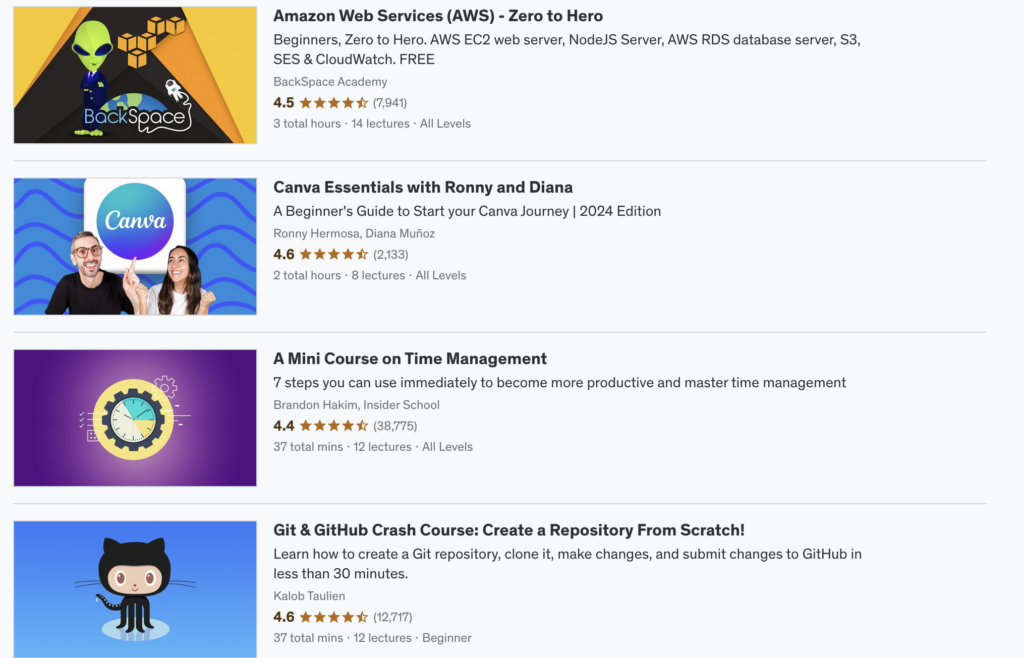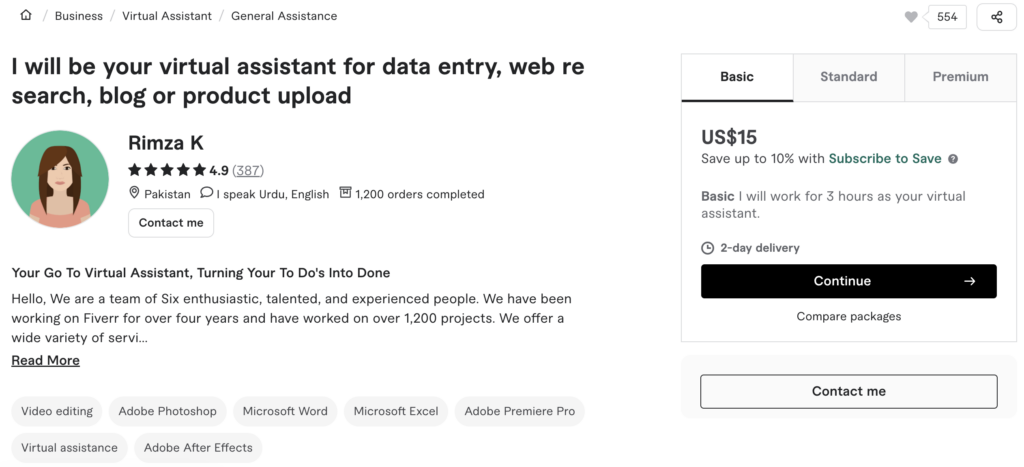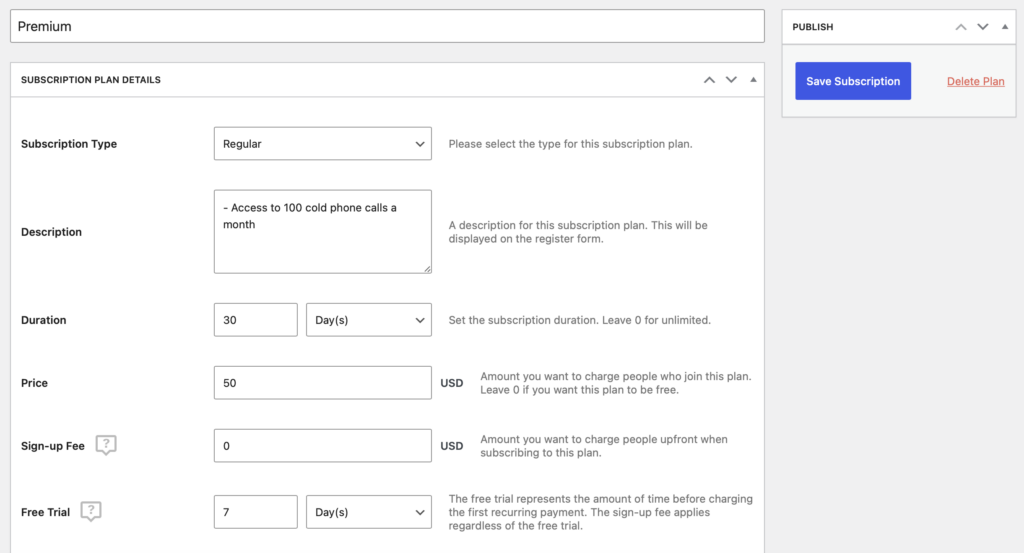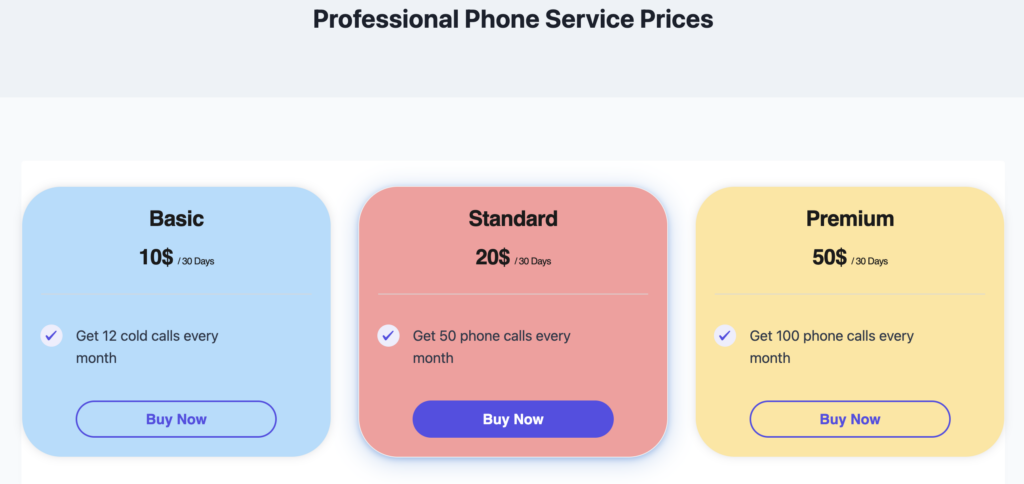Are you seeking a side hustle or career opportunity that offers ultimate flexibility and freedom? If that’s the case, you might be wondering how to become a virtual assistant.
Successful virtual assistants tend to have strong administrative skills, but you don’t need any experience or qualifications to start. Better yet, the nature of the job allows you to work from home (or anywhere in the world with a good internet connection).
In this post, we’ll discuss common services offered by virtual assistants and look at the tools you’ll need to get started. Then, we’ll show you how to become a virtual assistant in six steps. Let’s get to it!
What Is a Virtual Assistant?
We all know that technology has a massive impact on the business world. A recent shift in the landscape is the introduction of virtual assistants. Typically, this describes freelancers who provide administrative support to companies.
Services often include appointment scheduling, calendar management, proofreading, etc. However, some virtual assistants provide specialist services like accounting, social media management, graphic design, or digital marketing.
Naturally, virtual assistants are a cost-effective way for companies or professionals to complete time-consuming tasks. Meanwhile, there are tons of incentives to become a virtual assistant. Mainly, you’ll benefit from the flexibility and independence of a remote position.
You’re able to set your own work schedules, cherry-pick clients, and work from anywhere in the world (as long as you have an internet connection). This makes it a highly rewarding career. Plus, it’s easy to balance around existing responsibilities and commitments.
It’s even possible to become a virtual assistant with absolutely no experience. While niche jobs may require technical backgrounds or qualifications, most virtual assistants simply need to refresh or upgrade their existing skills via online training courses.
What Services Can You Offer?
Virtual assistants can perform a variety of tasks, depending on client requirements. You also have the option to focus on specific industries or niche markets if that’s where your expertise lies.
That said, here are popular services you could offer as a virtual assistant:
- Administration. This typically involves managing calendars, scheduling appointments, answering phone calls, and making travel arrangements.
- Accounting. If you’re good with numbers, you could help businesses process payments, check expenses, and verify payrolls.
- Customer support. With solid communication skills, you might help companies field customer inquiries.
- Data entry and transcription. This might involve inserting and organizing data in spreadsheets or taking notes during meetings.
- Proofreading. If you have a keen eye for detail, you could look over reports and presentations.
- Blogging. Many businesses want to improve their SEO efforts, so they might require virtual assistants to write and optimize blog posts.
- Social media management. In order to maintain an active digital presence, some companies seek individuals who can create and schedule content across social platforms.
- Website management. If you’re familiar with content management systems (CMS) like WordPress, you could handle maintenance tasks like backups and updates.
Note that this list isn’t exhaustive. Some companies will be interested in more niche skills like email marketing, design, or analytics.
The Tools You’ll Need to Become a Virtual Assistant
Before we show you how to become a virtual assistant, let’s quickly take a look at the tools you’ll need.
As we mentioned earlier, virtual assistants work remotely, so all you need is a laptop/computer and an internet connection. There are plenty of freelancer marketplaces (like Fiverr) where you can list your services.
However, a better solution is to set up your own website. This acts as a central hub where clients can view previous projects, assess your services/rates, reach out with questions, or book consultations.
To set up a website, you’ll need a CMS like WordPress. Unless you have the skills to configure a server, you’ll also need a web hosting provider.
After that, all that’s left to do is to install a plugin like Paid Member Subscriptions to start monetizing your services:
Paid Member Subscriptions Pro
Accept (recurring) payments, create subscription plans and restrict content on your website. Easily setup a WordPress membership site using Paid Member Subscriptions.
This way, you can offer services as pre-defined subscription packages, which tend to be more convenient for clients.
How to Become a Virtual Assistant (In 6 Steps)
Now that you know the tools you need to get started, let’s look at how to become a virtual assistant. Yes, even with no experience!
1. Identify Your Strengths
If you want to know how to become a virtual assistant, the first step is to identify your strengths. This will help you choose which services to offer.
You should think about your work experience, personal projects, hobbies, and education. Then, come up with a list of transferrable skills that your background has led you to acquire.
For an administrative role, you’ll likely need to possess a high level of organization and basic IT competencies. But if you want to work within a specific sector, it’s a good idea to explore job boards and/or freelancer platforms.
This way, you can see whether there are particular processes or software that you ought to familiarize yourself with. For instance, if you want to work in sales, you might need knowledge of customer relationship management (CRM) systems.
It’s important to be honest about your abilities. It’s fine to start out with a small skillset, which you can expand as you gain experience.
2. Obtain Relevant Training
Currently, there’s no single degree or qualification that leads to becoming a virtual assistant.
That said, you could gain a competitive edge by obtaining relevant certificates or training. This also enables you to acquire specialist knowledge that might be necessary for certain roles.
The good news is that there are tons of online courses available on platforms like Udemy:

It’s relatively easy to find specific courses for popular programs like Salesforce and QuickBooks. Or, you could take a look at the programs and resources offered through professional organizations like the Virtual Assistant Networking Association (VANA).
3. Define Your Services
The next step to becoming a virtual assistant is to determine the specific services you want to offer.
This helps you decide how to price your services (which we’ll discuss next). However, it also enables you to target clients more effectively.
Initially, you might plan to provide a broad range of services. But it can be better to choose a niche specialism. Sure, this means you’ll appeal to a smaller group of clients.
However, it enhances your marketability and differentiates your offer from every other virtual assistant. Perhaps you’ll primarily focus on customer care, data entry, research, or social media.
4. Set Your Rate
If you want to know how to become a virtual assistant, one of the most important parts of the process is setting your rate. Fortunately, you’ll face very low startup costs (and maintenance costs), so making a profit isn’t really the issue here.
However, if you price your services too low, clients might be dubious about the standard of work. That said, the virtual assistant market is becoming increasingly popular. So if you set your rates too high, it can be difficult to attract clients.
We’d recommend exploring freelancer platforms like Fiverr and Upwork to see how professionals define their prices:

You’ll often find that virtual assistants package their services into pre-defined products.
For example, a data entry assistant may sell separate plans that differ in terms of hours. Meanwhile, a cold calling virtual assistant might differentiate packages based on the number of calls.
Typically, a tiered pricing structure works great because it enables you to appeal to a range of clients/budgets.
5. Create a Website
Technically, you could list your services across freelancer platforms. However, a website provides a dedicated home for your services, past projects, testimonials, contact forms, etc.
Additionally, it enables you to escape the listing and/or transaction fees associated with marketplaces. And, you’ll retain complete control over your services.
As we discussed earlier, WordPress makes an excellent choice for building and managing websites. Once you’ve set up your site, you can install a WordPress theme to change its appearance.
The next step is to install a membership plugin like Paid Member Subscriptions to extend the base functionality of your site. After that, go to Paid Member Subscriptions → Subscription Plans to add your membership options:

You can give each package a unique name and enter a description that highlights your offer.
You can also set the price and duration (e.g. you can charge clients a subscription fee every month). Besides that, you can enable automatic renewals, free trials, and charge a signup fee.
From the Subscription Plans page, you can even generate a pricing table so potential clients can see a side-by-side comparison of your packages:

You can even select your preferred style, so that it slots in nicely with the rest of your website. Then, you’re able to preview the results on the front-end to see how it looks:

Note that to process payments with the Paid Member Subscriptions plugin, you’ll need to go to Paid Member Subscriptions → Settings → Payments to activate your preferred payment gateways.
6. Market Your Offer
A website is a great way to market your services and showcase your portfolio. However, there are additional ways to gain exposure.
It can be a good idea to add opt-in forms to your web pages. This way, you can deploy email campaigns and newsletters to encourage leads to sign up for your services.
A website is also the perfect place to execute search engine optimization (SEO) strategies. This enables you to gain higher rankings in the results pages, which allows you to maximize discoverability.
Industry associations and networking sites can also raise your online visibility. Meanwhile, you should maintain a strong digital presence across your social media accounts. You might even join LinkedIn or Facebook groups to build a network of valuable contacts.
Conclusion
If you’re seeking a career change or looking to supplement a full-time income, you might want to know how to become a virtual assistant. The flexibility and independence of this role makes it highly rewarding. Plus, there are very little startup and maintenance costs involved.
To recap, here’s how to become a virtual assistant from home:
- Identify your strengths.
- Obtain relevant training.
- Define your services.
- Set your rate.
- Create a website.
- Market your offer.
Do you have any questions about how to become a virtual assistant with no experience? Let us know in the comments below!

